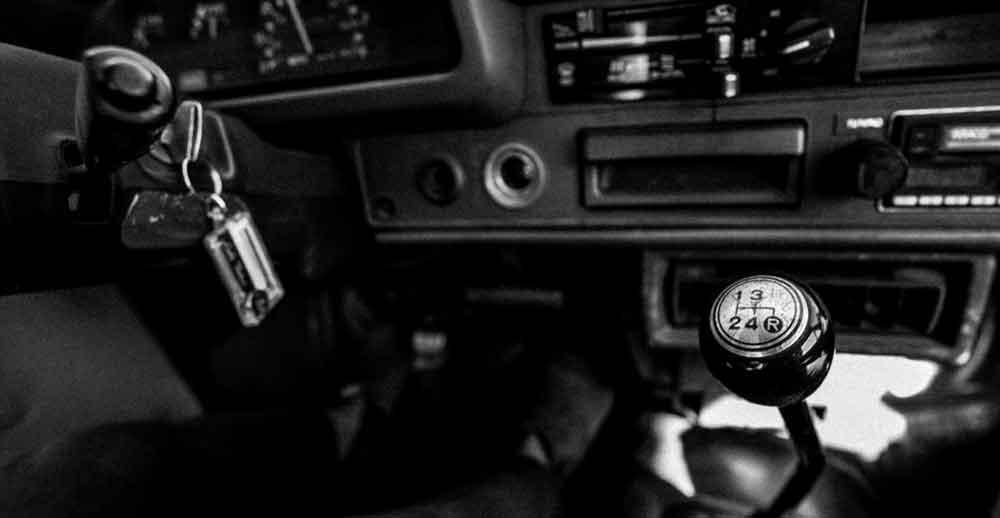Choosing the Right Manual Car
When considering purchasing a car, there are many factors to take into account. One of the primary decisions to make is whether to opt for a manual or automatic car. In this article, we will explore the differences between manual and automatic cars, the process of learning to drive, things to consider when buying a manual car, the advantages and disadvantages of manual cars, and what to expect from manual transmission in 2024.
What to Consider Before Choosing a Manual Car
Evaluate driving environment, manual transmission’s impact on car performance, skill level with gear shifting, and potential future resale value of manual vehicles.
Key Features to Look for in a Manual Car
When choosing a manual car, prioritize a balanced powertrain for optimal performance. Gear ratios should enhance efficiency and response. Seek a comfortable clutch, smooth gear shifts, and well-placed pedals for ease of driving. Modern safety features and technology that support manual driving, like hill-start assist, add value. Opt for models known for reliability to minimize maintenance costs.
Engine and Transmission Match
Look at how well the engine power works with the transmission setup. A good match is key for making sure gear changes are smooth, the car has enough power for different driving needs, and it stays fuel-efficient. This balance is essential for both city driving and highway use, affecting everything from starting from a stop to cruising at steady speeds.
Gear Ratios
Gear ratios play a big role in determining how quickly a car can speed up and how fuel-efficient it is. Optimal gear ratios make sure the car can accelerate quickly when needed, such as during overtaking, and run efficiently at higher speeds, which is crucial for long drives and saving on gas. Finding the right balance in gear ratios can enhance the overall experience, making the car more responsive and economical.
Ease of Use
The design of the manual transmission is important for comfort and control. This includes how easy the clutch is to press, how smoothly and accurately gears can be changed, and how well-placed the pedals are. Good design can make driving less tiring and more enjoyable, especially in heavy traffic or on long trips.
Technology and Safety Features
Look for cars with technology that makes manual driving easier and safer. Features like hill-start assist can help prevent the car from rolling back on slopes, making it easier to start from a stop. Safety features that warn you of potential dangers can also make manual car driving safer, giving you more confidence on the road.
Reliability
It’s important to choose a car known for being reliable and not needing a lot of repairs. Cars that are known to last a long time and not have many problems can save you money and hassle in the long run. Look for models with a good track record for reliability and low maintenance costs.
What is a manual car and how does it differ from an automatic car?
A manual car, also referred to as a “stick shift,” is a vehicle with a manual transmission. This means the driver is responsible for changing the gears by physically engaging and disengaging the clutch pedal and shifting the gear stick. On the other hand, an automatic car is equipped with an automatic transmission that changes gears without the need for manual intervention.
Understanding manual transmission
Manual transmission, often known as a “manual gearbox,” requires the driver to manually select and engage the appropriate gear for the vehicle’s speed and terrain. This control over gear selection provides a more engaging and customizable experience compared to automatic transmission.
Differences in driving experience
Manual car driving offers a more dynamic experience as the driver has full control over gear changes, making it a more hands-on experience. On the other hand, driving an automatic car provides a more relaxed and less involved experience, as the transmission system shifts gears automatically based on the vehicle’s speed and performance requirements.
Pros and cons of manual vs. automatic
The choice between a manual or automatic car largely depends on personal preference and driving habits. Manual transmission enthusiasts often appreciate the greater sense of control and connection with the vehicle, while those who prefer a more convenient experience may opt for an automatic car, which allows for easier operation in heavy traffic and urban settings.
How to learn to drive a manual car?
Manual driving learning requires mastering the coordination between the clutch pedal and gear stick. It involves:
Mastering the use of the clutch pedal
The clutch pedal is used to disengage the engine from the transmission, allowing the driver to change gears. Learning to smoothly engage and release the clutch pedal is key to driving manual cars successfully.
Changing gears smoothly
Shifting gears in a manual car involves coordinating the movement of the gear stick and the operation of the clutch pedal to ensure smooth gear changes and optimal vehicle performance.
Overcoming challenges of driving a manual in heavy traffic
Manual cars in heavy traffic requires skillful clutch control and gear shifting to navigate the stop-and-go movement effectively, making it essential for drivers to learn how to manage these situations confidently.
Advantages and disadvantages of driving a manual car
Manual cars offers several advantages and disadvantages compared to an automatic car:
Benefits of manual transmission
Manual transmission enables greater control over the vehicle’s performance, more engaging driving experience, better fuel efficiency in certain driving conditions, and lower initial cost compared to automatic transmission cars.
Drawbacks of driving a manual car
Yes. There is a steeper learning curve, increased physical effort in heavy traffic, and the need for regular gear shifting, which may be less convenient for some drivers compared to the seamless gear changes in an automatic car.
Comparing fuel efficiency
Comparing the fuel efficiency of manual and automatic cars is essential as manual transmission cars may offer better fuel economy under certain driving conditions, such as highway driving and smooth gear changes.
Manual transmission in 2024: What to expect
As technology continues to evolve, manual transmission is also expected to undergo advancements in the coming years, influencing the driving-experience and consumer preferences:
Technological advancements in manual transmission
Car manufacturers are likely to introduce advanced manual transmission systems that offer improved shift precision, smoother gear changes, and enhanced fuel efficiency through innovative engineering and design.
The future of manual cars
The future of manual car adoption may depend on factors such as consumer demand, regulatory policies, and technological innovations that could influence the availability and performance of manual transmission vehicles in the market.
Factors influencing the demand for manual transmission
The demand for manual transmission cars in 2024 and beyond may be influenced by factors such as consumer preferences for driving engagement, fuel efficiency considerations, and the availability of advanced manual transmission models from car manufacturers.



